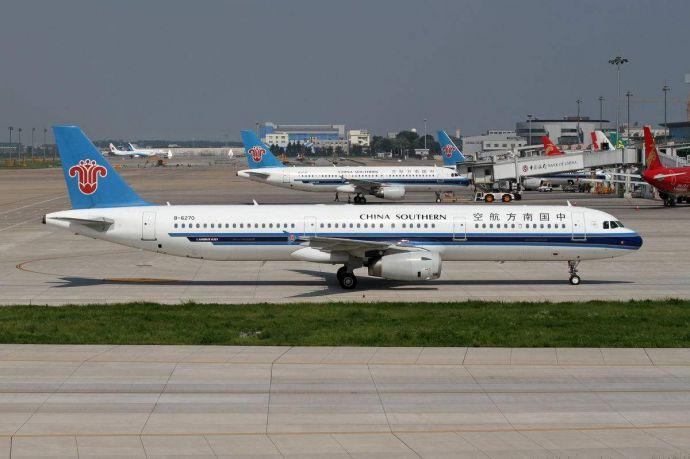
China's aviation sector has after a slow start gathered momentum, since the country promoted reform and opening-up, and is now blazing a new trail in the global market.
Without the reform and opening-up that started 40 years ago, the country's large civil aircraft industry, often spearheaded by the Commercial Aircraft Corporation of China (COMAC), could never have achieved the current scale, aver industry experts.
Reform and opening-up made it possible for the manufacturers of civil aircraft and suppliers of design, parts, and engines to embark on a new business model that hinged on higher productivity, reduced costs and better market competitiveness, said Wu Xingshi, a member of the State Council's large passenger aircraft program's expert advisory committee.
"It also enabled the industry to forge positive relationships with sponsors, government department and clients," said Wu, who is also a member of the science and technology committee of COMAC.
Yet another salient feature of reform and opening-up has been the development of the financial sector which has fostered fast and smooth progress of the capital-hungry civil aviation sector.
The four decades of reform had three major development milestones for the sector in 1986, 1993 and 2007.
Since then, the country has successfully developed and produced some domestically made jets, including the regional jetliner ARJ21, which rolled off the assembly line in Shanghai in December 2007, and the homegrown large passenger plane C919, which conducted its maiden flight in Shanghai last May.
COMAC has so far received orders for 815 C919 planes from 28 airlines from home and abroad as well as orders of 473 ARJ21 planes from 22 domestic and foreign airlines. ARJ21 planes are currently operating on eight domestic routes.
Aside from the industrial strides, reform has also empowered researchers with a more creative mind, said Yang Zuoli, former deputy director of Shanghai Aircraft Design and Research Institute.
"For example, more than 600 engineering technical experts were assembled in Shanghai as the first national team of aircraft manufacturers for the development of the Y-10, a four-engine narrow-body jetliner developed from the early 1970s to the mid-1980s," he said.
Through great efforts, China finally became one of the world's four countries or regions that possess large passenger aircraft, Wu said, adding that the other three are the United States, the European Union, and Russia.
The large civil airplane industry also promoted development and upgrading in the upstream and downstream industries, such as materials, chemical engineering, machine building, electronic information, as well as transportation, logistics, foreign trade, and tourism.
Now more than 200 companies and 20,000 people in 22 provincial-level regions work for the industrial chain of C919 planes.
Experts believe the rapid development of the industry will meet domestic and global market demand and create huge market benefits.
"It's estimated that the country's volume of aviation passenger in 20 years will be eight times that of today owing to closer global connections and the Belt and Road Initiative. Another 5,000 civil airplanes will be needed," Wu said. (Source: Chinadaily)




 A single purchase
A single purchase









